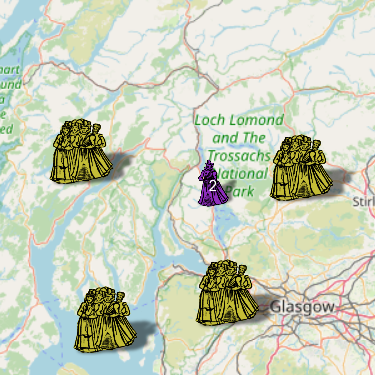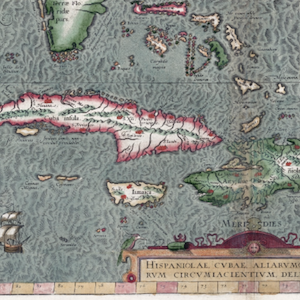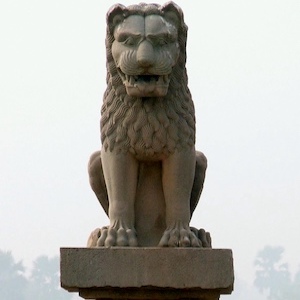Religion

Witches
Witches is well-conceived and equally well-presented project that takes our understanding of Scottish witchcraft one step furtherThe Miracles of Sainte Foy
In 1013, Bernard of Angers visited the relics of Sainte Foy at the abbey of Conques, in southern France. Initially skeptical of the cult which had formed around this little girl martyr, Bernard nonetheless fell under her spell.
On Diverse Arts (De diversis artibus)
Theophilus’ De diversis artibus is the only complete treatise on art to survive from the High Middle Ages.
Bernard of Clairvaux's Apologia
Bernard of Clairvaux was abbot of the Cistercian monastery of Clairvaux, in Burgundy, France, and a well-known preacher who travelled widely and was involved with many of the most pressing issues of his day, from papal power to the Crusades.
On What Was Done In His Administration (De administratione), 1144–1148
In the later 1140s, Abbot Suger of the Royal Abbey of Saint Denis, outside Paris, wrote an account of his extensive project to rebuild and redecorate his abbey church.

Digital Library of the Caribbean
Educators, students, and scholars interested in understanding the strategic conflicts between European powers, the experience of Africans during the transatlantic slave trade, the emergence of the modern capitalist system, and the rise of neoliberalism would find in dLOC a wealth of content to drawExcerpt from letter by Lady Mary Wortley
Travel writing by women can reveal a number of themes in world history. One useful example are the letters written by Lady Mary Wortley Montagu (1689-1786) who worked as a missionary in Turkey.
Excerpt from the Asokavadana
The Asokavadana is a text written in Sanskrit that brings together oral traditions about Ashoka’s reign that did not die out when the Mauryan Empire collapsed, but spread throughout India

Ashokan Pillar with a Single-Lion Capital at Vaishali, India
This is a photograph of one of the Ashokan pillars, topped with a single lion. (Other pillars are topped with three lions, an emblem that is now on the state seal of India and Indian coins,
Selections from Ashoka, Rock and Pillar Edicts
The “rock and pillar edicts,” inscriptions that King Ashoka ordered carved in stone on large rocks in prominent places or on tall pillars that he had erected for this purpose, are the best record we have of Ashoka’s reign. The edicts are found in a number of different locations